On the 21st of February we celebrated the Mental Health Nurses’ Day, a time to reflect on the vital contributions of mental health nurses and their impact on the lives of individuals, families, and communities. Mental health nurses play a crucial role in providing support, treatment, and advocacy across a wide range of settings, including hospitals, acute care, community and outpatient services, and primary care.
With over 25,000 mental health nurses in Australia1, their work is essential in improving access to care and supporting recovery. As digital mental health tools become increasingly integrated into practice, mental health nurses can use these technologies to enhance patient care, streamline processes, and provide innovative support.
Here are some unique ways Mental Health Nurses can use Digital Mental Health;
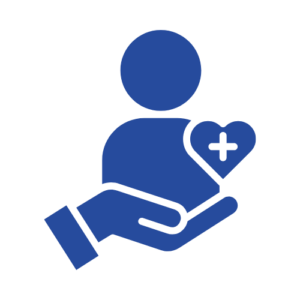
Supporting Patient Care and Treatment
Digital mental health treatments like THIS WAY UP and Mindspot can be integrated into mental health care as part of a blended care approach. These programs can also serve as valuable support for individuals on waiting lists or as a recommended resource upon discharge to aid in ongoing recovery.

Providing Psychoeducation
Education is another key part of a mental health nurse’s role, and digital platforms make it easier to connect individuals with trusted, evidence-based information. Whether it’s directing someone to Beyond Blue for general mental health support, the Butterfly Foundation for eating disorder resources, or QUIT for help with smoking cessation, online resources can empower people to take control of their own wellbeing.
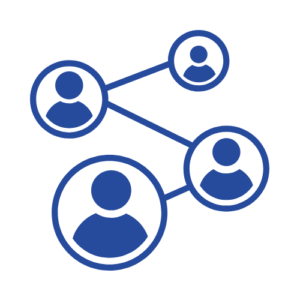
Encouraging Connection
For those who feel isolated in their struggles, online peer-support communities can provide a safe and supportive space. Forums like SANE offer moderated forums for people experiencing complex mental health challenges, while platforms such as MOST create digital peer support networks specifically for young people. These spaces can help individuals feel less alone and foster meaningful recovery-focused conversations.
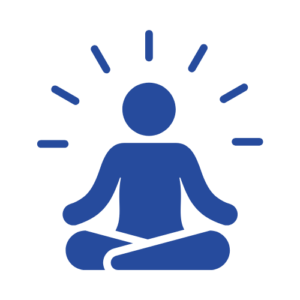
Encouraging Self-Management
Symptom-management and wellbeing can help individuals build motivation and take small but meaningful steps toward better mental health. For example, there are a number of apps or websites that offer mood tracking, mindfulness, or wellbeing tools. For example, Smiling Mind or MyCompass.
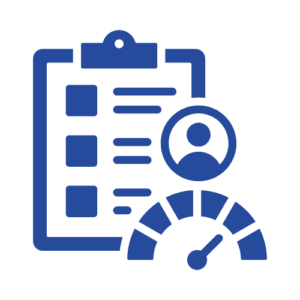
Screening and Assessment
Online screening tools like the Online Clinic can be used on an iPad or computer to assess symptoms, identify other concerns and track progress in a way that is user friendly and accessible.
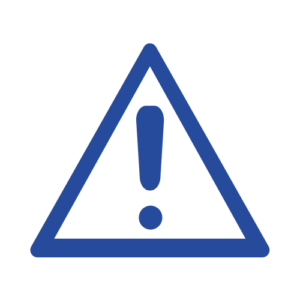
Crisis Intervention and Safety Planning
Digital tools are also playing a growing role in crisis intervention and safety planning. The Beyond Now app, for example, helps individuals develop a safety plan that they can access in moments of distress. Meanwhile, crisis services such as Kids Helpline, Lifeline, 13YARN and the Suicide Call Back Service continue to be critical lifelines for those in urgent need of support.
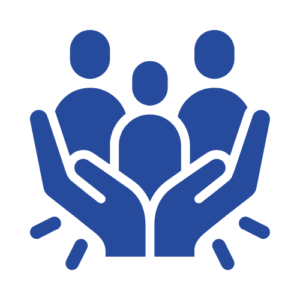
Supporting Families and Carers
Finally, mental health nurses often provide guidance to families and carers, who play a crucial role in a person’s recovery but may struggle with their own stress and burnout. Digital programs designed for family members, such as Family and Friends Support Programs, can offer education and strategies to help them navigate these challenges.
1 https://www.aihw.gov.au/mental-health/topic-areas/workforce







